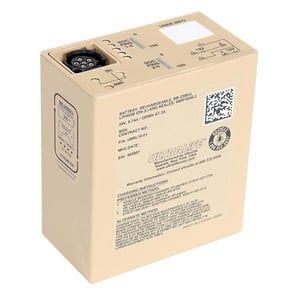Reports state that the planned expenditure by the UK Ministry of Defence on equipment and support up to 2026 is £178bn. A staggering figure alone but one that is dwarfed by the US current federal budget for FY2018 of $3.9 trillion.
The military are among the largest public procurement organisations in US and Europe, contracting for all manner of goods and services in sectors ranging from aircraft carrier equipment to utilities.
To benefit from some of this business, it is essential to learn how the defence supply chain works, as every country is different.
In the UK, the MoD consists of government defence departments whose typical method is to use prime contractors to fulfil orders, often on a mission-by-mission basis, ensuring soldiers are fully equipped for the entire programme. The prime contractor may then look to original equipment manufacturers (OEMs) to supply them with the products and services required to fulfil these orders, although they could look for off-the-shelf alternatives. Usually, the only time the government will approach OEMs or other suppliers directly is when an urgent operational requirement (UOR) develops; for instance, if troops need to be deployed suddenly or existing equipment is destroyed during an operation.

Passing the baton

For example, a battery manufacturer would be aware of the extreme temperature differences between the climates in which soldiers could be asked to operate. In the development of the battery, it would be tested to ensure it can withstand conditions from the hottest desert to the coldest Arctic frost.
In addition to temperature, the ergonomic impact on the solider would be considered, for instance reducing the amount of weight. The modern trend is for smaller and lighter devices that can still deliver the required power. This is where choosing an experienced manufacturer and involving them from the design process through to the product launch can be invaluable.
Innovation maintained
Once the product has been launched, that is often the beginning of the road, as value propositions are likely to occur during the product lifecycle. This is especially true with technology, where new discoveries are continually happening. For essential components like batteries, the military will want to stay at the forefront of innovation.
Both Ultralife Corporation and Accutronics Ltd have extensive in-house research and development (R&D) facilities that forge the development of cutting edge battery technology. Additionally, both companies offer aftermarket technical and engineering support to prime contractors throughout the years of series production.
This avoids having products that need repairing or replacing that can no longer be maintained by the original supplier.
With the UK and US military spending billions and trillions on new military devices every year, OEMs will want to ensure the provision of a quality product that utilises the latest technology.
